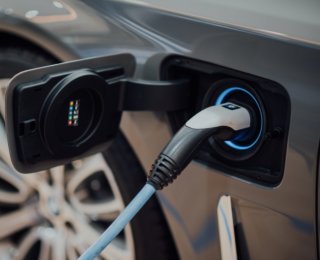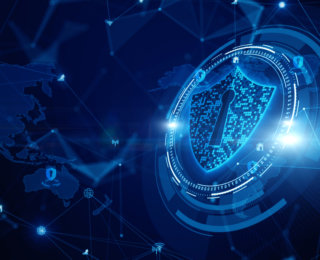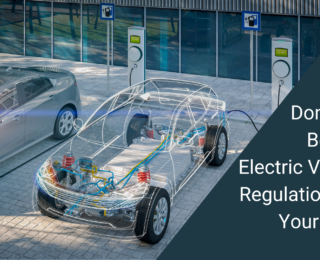Electricity is a fuel unlike any other, and successful fleets are generally those that become masters of using the EV fleet management tools that are available to them. Technologies like electric vehicle chargers and EV telematics are new and come with hurdles but are required to manage electricity. Integrated EV charger and EV telematics implementation requires technical, personnel, and sometimes even legal considerations for each solution. By stacking them together, understanding the benefits and limitations of each, and avoiding the promise of “silver bullet” fixes, organizations can manage their fleet cost, schedule, and operational requirements while electrifying.
Charger Integration and Changes to Internal Billing
Charger integration is the biggest concern for fleets deploying EVs at scale due to the complexity of electricity costs- which can vary by location, time, and peak usage.
Fleets manage and organize this complexity by integrating their FIMS with the charging network providers to capture, segment, and analyze usage and cost data. Because EV charging data goes to the same databases that store other fuel data (ex: FuelTicketMain), fleets can treat electricity with the same care and consideration and use the same reports and processes as liquid fuels. Charger integration also retrieves data from public charging stations to add internal surcharges and other features routinely used for liquid fuels.
Changes in Telematics
Fleet electrification expands the need for vehicle telematics as it is often the only way or the only practical way to access a range of meter and diagnostic data. Specifically, telematics data is the best and most preferred choice for battery state of charge, battery diagnostics, and vehicle tracking.
All fleets planning to purchase EVs should check with their telematics providers to understand their level of support for the new technology. If fleets integrate with a Fleet Information Management System (FIMS) such as FleetFocus, it is also crucial to check that their FIMS has expanded its integration to include EV data. AssetWorks, for example, has begun and completed their process with many providers but not all support EV data yet.
Changes to Fuel Island Controllers
Electrical control units (ECU) are a successor to Fuel Island Controllers. ECU provides the same control for EV chargers as fuel pumps, can accept manual meter updates with its keypad, and use two readers. Thus for some fleets, it’s a viable alternative to charger integration and telematics, but ECU isn’t appropriate for all kinds of projects (ex: sites with just a handful of chargers).
Overcoming Power Struggles
The first step to fleet electrification is determining objectives and a plan. Depending on the organization’s history, resources, and other constraints- one or more technology solutions and process changes may be required. When used correctly, EV charger integrations, telematics data, and ECUs make for a successful EV fleet by reducing the amount of staff planning and management resources required to conduct daily operations.










